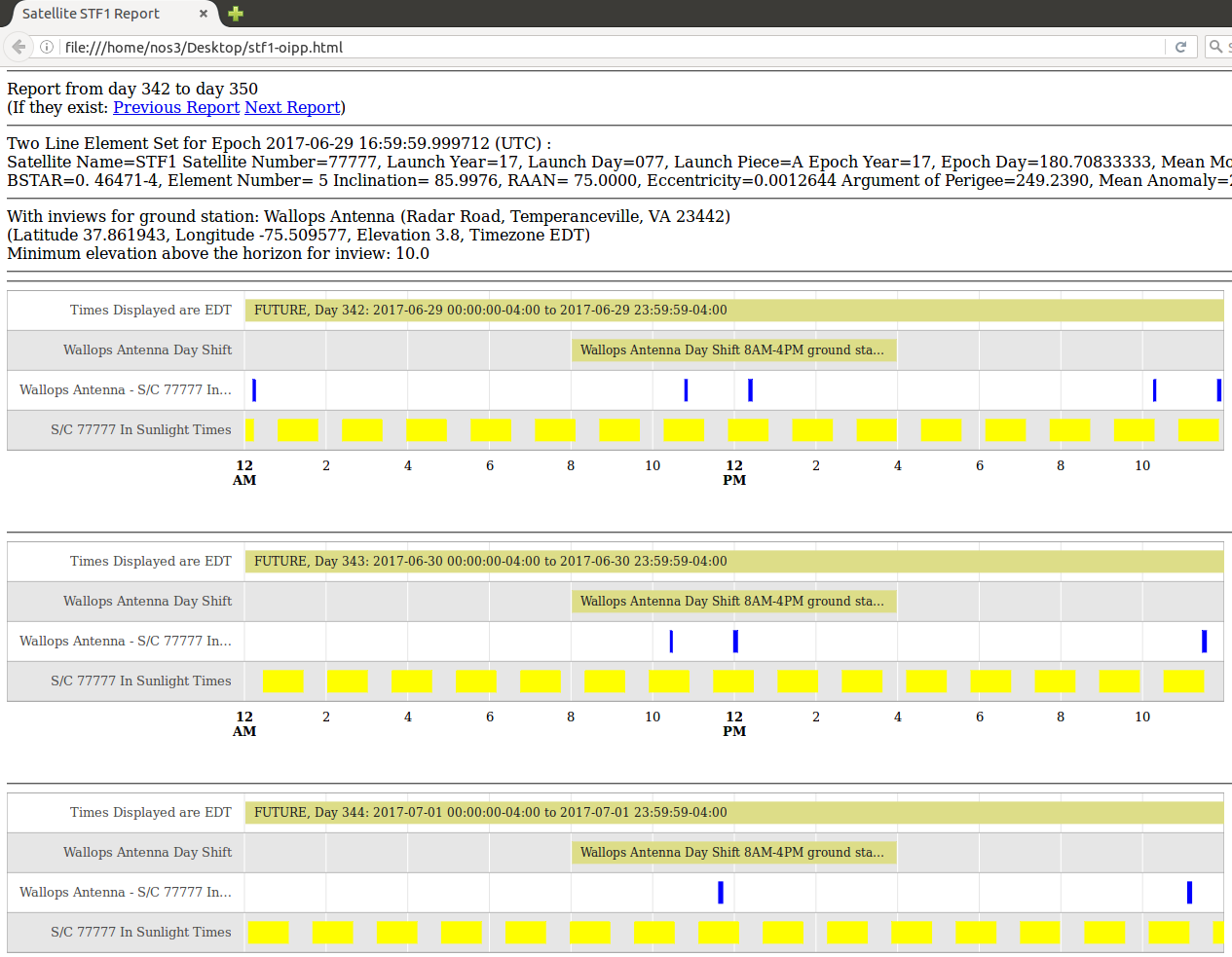Simulation
| The Simulation-To-Flight (STF-1) CubeSat Mission aimed to demonstrate how established
simulation technologies may be adapted for flexible and effective use on missions using the CubeSat Platform. These core technologies, named NASA Operation Simulator
(NOS), have demonstrated significant value on several missions such as James Webb Space Telescope, Global Precipitation Measurement, Juno, and Deep Space Climate
Observatory in the areas of software development, mission operations/training, verification and validation (V&V), test procedure development, and software systems
check-out. NOS3 builds upon the NOS middleware to include a full suite of CubeSat simulations on one Virtual Machine (VM) platform. Each of the NOS3 software components is further described below.
For software support or to obtain the most recent NOS3 release please email: support@nos3.org |
| NASA Operational Simulator (NOS) | NOS, the core technology for NOS3, is a NASA developed solution for simulating hardware busses as software only busses. This component provides the connectivity between the flight
software and the simulated hardware components.
Click on the image to the right to learn more by visiting NASA's NOS, and click this link to visit our NOS3 wiki. |
|
| Core Flight System (cFS) | NASA's Core Flight Software is an open source, project independent, reusable flight software framework that is used as the base system which STF-1 flight software was developed on top of. Click on the image to the right to learn more by visiting NASA's cFS Website |
|
| Hardware Simulators | Hardware Simulators are fully customizable software models of a specific piece of flight hardware that often focus on inputs/outputs of the device. Each of these models serve as virtual hardware in order to provide the flight software with an accurate representation of its data. | The STF-1 team has created hardware simulators for certain pieces of flight software on STF-1, as well as enabled other teams to create additional hardware simulators for further missions that employ the NOS3 suite. |
| Vagrant | Vagrant allows a computer to set up the VM necessary to run the applications associated with the NOS3 suite. Click on the image to the right to learn more by visiting Vagrant's Website. |
|
| COSMOS | COSMOS 4 is an open source ground system software developed by Ball Aerospace which is used to provide command and control of the flight software. Click on the image to the right to learn more by visiting COSMOS's cFS Website. |
|
| Orbit, Inview, and Power Planning (OIPP) | OIPP is a planning tool developed by members of the NASA IV&V team that allows the ground station to know when the satellite will be in view, as well as when the satellite will be in direct sunlight. This allowed the IV&V team to plan STF-1 power usage and communication times. Right-click on the OIPP image to the right to open it in a new tab. Note: You will see that the blue areas are available communication times, while the yellow areas are times when STF-1 would be in direct sunlight. |
 |
| 42 | 42 is an open source visualization and simulation tool for spacecraft attitude and orbital dynamics. It works as an environmental data provider by providing magnetic field data and positional data as inputs to the magnetometer and GPS simulators. Right-click on the image of 42 to the right and open it in a new tab to take a closer look at both the 42 Cam and Map. |
|
